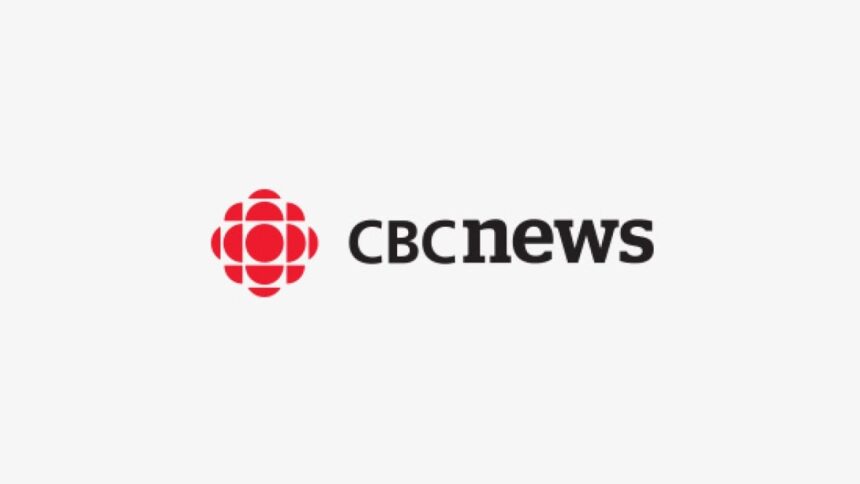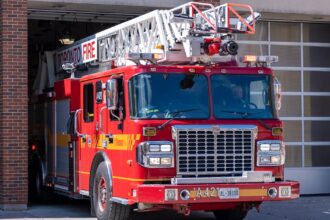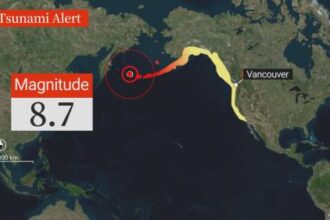The ice is getting a little safer tonight as the Canadian Hockey League unveiled sweeping new safety protocols aimed at reducing concussions and career-threatening injuries among junior hockey players across the country. The announcement comes after a six-month independent review that examined injury data from the past five seasons.
“We’ve reached a tipping point where the science is undeniable,” said CHL Commissioner Mark Davidson during this morning’s press conference in Toronto. “Our players’ long-term health must take precedence over the physical play that has traditionally defined the game.”
The new measures include mandatory neck guards, enhanced concussion spotting technology, and stricter penalties for hits to the head. Most notably, players who deliver three head-targeted checks in a single season will face an automatic 10-game suspension—the most aggressive stance any major hockey organization has taken against dangerous play.
Team doctors across the CHL’s three member leagues—the WHL, OHL, and QMJHL—will now be required to follow standardized return-to-play protocols that exceed even NHL standards. These changes will take effect at the start of the 2024-25 season.
Dr. Helen Chu, a neurologist who served on the review committee, praised the decision. “These young athletes’ brains are still developing. The evidence shows clearly that repeated concussions during these formative years can have devastating consequences decades later,” she told CO24 in an exclusive interview.
The financial implications aren’t lost on league officials. Equipment upgrades alone will cost an estimated $3.2 million across the league’s 60 teams, with additional investments in medical staff training and diagnostic tools pushing the total investment past $5 million.
Not everyone embraces the changes. Former NHL enforcer Brad McKenzie voiced concern that the sport is “losing its edge,” telling CO24 Sports that physical play remains integral to hockey’s identity. “You can’t bubble-wrap these kids and expect them to be ready for the pros,” McKenzie argued.
Player response has been largely positive. Nineteen-year-old Vancouver Giants captain Tyler Mercer, whose teammate suffered a season-ending concussion last November, believes the changes are overdue. “We all want long careers and healthy lives after hockey,” Mercer said. “No one’s trying to eliminate physical play—just the dangerous stuff that doesn’t belong in the game.”
The CHL’s announcement may signal a shift across all levels of Canadian hockey. Hockey Canada representatives attended today’s press conference, suggesting similar measures could soon be implemented at the grassroots level where more than 600,000 youth players participate annually.
As junior hockey prepares for this cultural shift, one question remains: Will the NHL, where many CHL graduates eventually compete, follow suit with similarly aggressive safety measures? Or will professional hockey continue prioritizing the physical entertainment value that drives television ratings and ticket sales?
The puck, as they say, is now in their zone.


















